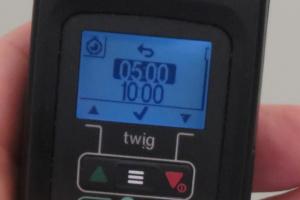Lone Worker Safety in Maintenance Work
Eliminate Lone Working Risks in Maintenance:
Protect Your Team with TWIG Solutions
Maintenance work spans all sectors and workplaces, often conducted alongside operational processes and machinery. These tasks, characterized by their non-routine nature and execution outside regular hours under time constraints, present a heightened risk of human error and accidents.
Common Risks in Maintenance
Burns
Electrical equipment such as switches and motors can cause sparking. Direct contact with live parts poses a significant burn risk to workers.
Electric Shocks
Engineers and electricians face direct exposure to electrical currents, risking painful and traumatic electric shocks.
Human errors
Maintenance tasks involving complex machinery disassembly and reassembly, especially under time pressure and outside routine hours, increase the risk of human error and accidents.
Equip Your Team with the Best Safety Systems
Protect your most valuable assets - your employees.
TWIG Advantages for Maintenance Workers

Amber Alert
When entering a risky situation, the Amber Alert timer can be adjusted to trigger alert at predefined time intervals.

Powerful Alarm Tones
A powerful vibrating alarm and alarm tones help sensing pre-alarms and incoming communications.

Mandown Alarm
The automatic ManDown function can trigger alert if user is unconscious or unable to alert help.
Click here to learn more about TWIG lone worker safety features
Overcome lone worker safety challenges with TWIG lone worker solutions.
The Benefits of Choosing TWIG
Future-Proof Functionality
Devices maintain compatibility across new device generations.
Durable devices
TWIG lone worker alarms provide reliable performance in all situations.
Scalable Solutions
Our scalable system adapts to your evolving safety requirements.
Made in Finland
Decades of know-how in communication and location solutions.
Trusted Quality
A reliable provider of safety solutions trusted by service providers worldwide.
Certified Compliance
Each device meets stringent lone worker alarm standards and requirements.